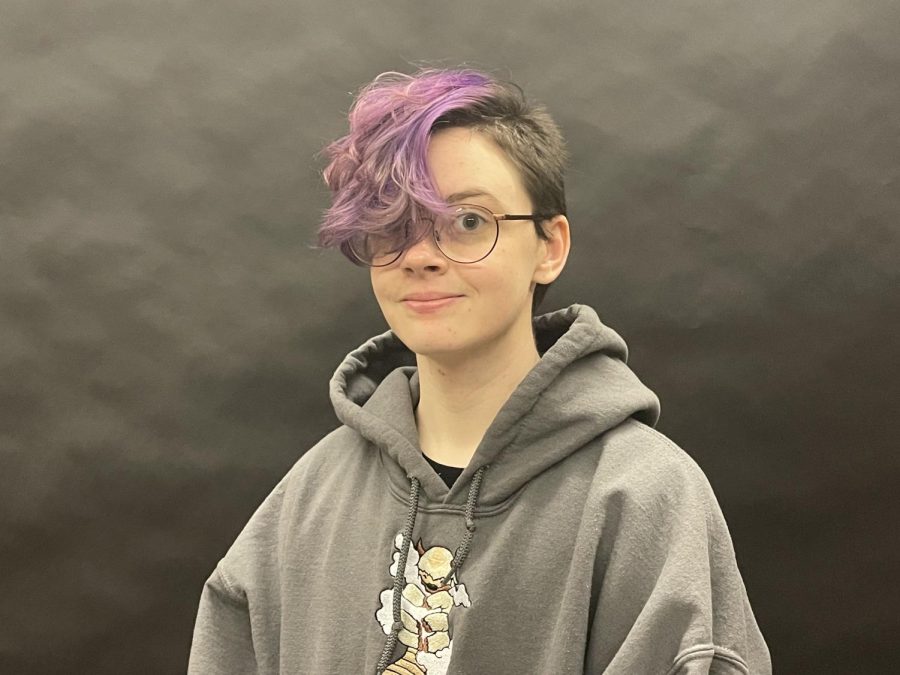COLUMN: The humanizing of villains makes them better
March 11, 2022
The shows and movies we consume are filled with villains. It feels as if no story is complete without a villain, and sometimes the villain is a crucial part of a franchise that it couldn’t do without. We’ve been exposed to the “bad guys” on TV since we were young. And when we were young, we compared these “bad guys” to real life. But now, a lot of the shows we consume have villains that are less villainous than we think–and it makes a change.
Villains have recently been getting their own stories, and honestly, I think it makes them a better candidate for being a bad guy. Villains like the Joker and Loki, for example, were originally seen as completely bad. They may have had their moments where we see a bit of humanity in them, but for the most part, they’re not characters we relate to. They serve the one purpose–for the hero to defeat and for us to hate on. But with their new installments separate from their main franchises, we see them in a different light.
Joker’s self titled movie, released in 2019, was controversial at first. I remember when a lot of people were worried that “Joker” would inspire violence and glorify villainy. The director assured everyone that the movie didn’t glorify violence and dangerous behavior, and despite my initial doubt, I was blown away by how true his statement was. Joker isn’t necessarily the villain in his own movie–he’s the hero of his own story. But the other characters clearly show that no, he is the villain, and he always will be. And while the movie isn’t direct canon in the Batman franchise, it shows us the story of a villain we’ve always opposed and hated on–and it humanizes him. It shows that the bad guys aren’t just archetypes on the screen, and they aren’t born that way. Usually, they’re made that way by circumstance, and while their actions aren’t excusable, they’re more understandable.
“Loki” also does this, but in a very different way. Loki has always been more of a gray character than the Joker, but compared to the rest of the characters in the Marvel Cinematic Universe, he was a villain. He wasn’t the only one, and in the grand scope of things, he was a minor villain. However, his story always seemed one-sided. He was there to pester the Avengers and get in their way, and all we know is that he wants power.
But he’s different in the TV show. At first, he reflects the same Loki we see in the other MCU movies–defensive, power-hungry, and erratic. But within the first few episodes, if not the very first episode, it becomes apparent that Loki doesn’t want to be like this. He is always made to be the villain, and he’s always made out to be untrustworthy. He opens up to the other characters about how he thinks he’s weak, cowardly, and full of fear. In the films that don’t feature him, he would never do this. But once he opens up about feeling as if he can never be good, he grows, and the audience can relate to him more.
There are countless other villains like this, and these are not the only ones by a long shot. But the reason this happens is simple–it shows us who villains really are. They’re human, they’re morally gray, and they weren’t always like this. It’s scary, because it shows that anyone–friends, family, even ourselves–can become a villain. But it also shows that villains aren’t always evil. They may just be morally gray people who were put under a different light than the people they really are.
Ian Stobaugh is a freshman German major. He can be reached at 581-2812 or at amstobaugh@eiu.edu.




































































